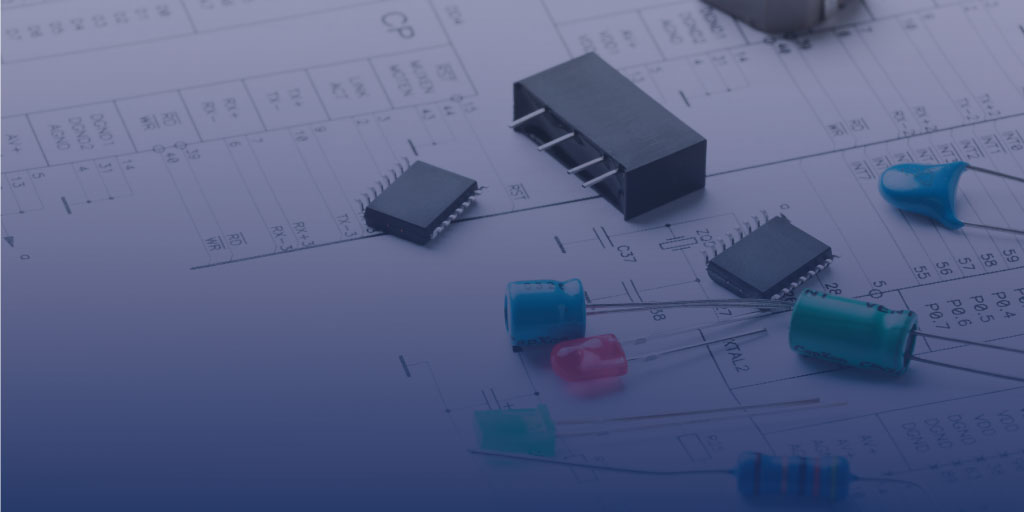Obsolete parts are an unavoidable supply chain conundrum for electronics manufacturers — and, often, solid distribution partnerships are the best path toward smoothing out the end-of-life timeline for critical components.
Original component manufacturers (OCMs) build new and better parts (smaller, faster, cheaper, etc.) and must invariably discontinue older product lines as a result. Once the end-of-life (EOL) notification for an electronic component is set, original equipment manufacturers (OEMs) need to put a smart obsolescence strategy in place — an end-of-life timeline — to manage the time from an EOL announcement and the need for a replacement part.
It’s a common problem. Three quarters of those responding to a survey by Electronic Design and Source Today cited component obsolescence as a key supply chain threat.
End-of-life timeline management: So many choices
In the wake of an EOL, buyers must create a strategy to get the parts they need — especially if they are making long-lifecycle equipment for the military, aerospace, automotive, and medical industries. Not only do long-life products need to be manufactured, but they must also be maintained indefinitely which means maintenance, repair, and operations (MRO) departments need to continue to support their wares.
At the other end of the spectrum are high-volume consumer products that may have a shorter life span, but are manufactured on a much larger scale. For these companies, the fear of not having enough components to supply demand for their products is top of mind. Failure undermines customer satisfaction and leads to brand and market share erosion.
Balancing costs
In the interim period, obsolete parts may face upside or market erosion. Buyers, consequently, need to balance the capital cost of buying many parts with the opportunity cost of buying too few. That leaves a few potential options that can be used individually or in combination:
- Make a last-time-buy (LTB) and place the order before the final order date given by the component maker — a potentially huge financial investment.
- Look for new partners that can supply a drop-in replacement part, if possible.
- Redesign the product with newer technologies that are still available. Sometimes component vendors will replace an older product with a newer version.
- Turn to “gray market” sources, independent distributors who buy and sell parts without being part of the franchised supply chain.
Measuring the options
Each of the options must be measured against a variety of factors and will demand input from various parts of the organization including:
- The cost of various options.
- The time needed to implement each and potential part lead times.
- The amount of the EOL components being made by the OCM or available in the channel (if known). Typically, an EOL announcement generates product orders to the OCM that cover only 60% of the demand for the part in question.
- Expected demand for the part.
- Availability of resources to perform a redesign.
- The potential life-cycle of the end product being made.
By tackling the above concerns, the organization can collect and analyze critical information that will inform the selection of the most suitable supplier going forward.
Avoiding future problems
In the meantime, OEMs can turn to a distribution partners to help identify EOL challenges before they occur. The right partner can:
- Monitor EOL notifications and provide immediate alerts.
- Arrange for LTBs appropriate to demand.
- Recommend pin-compatible replacements and help tie redesign.
All components on a bill of materials (BOM) should be classified as healthy lifecycle, not recommended for new designs or EOL. By avoiding the not-recommended and EOL products, manufacturers can avoid procurement challenges that could stop production of their end product.
To summarize: Although product obsolescence can’t be avoided, careful end-of-life timeline management can mitigate the cost, delays, and other challenges associated with a component becoming unavailable.
了解更多:

